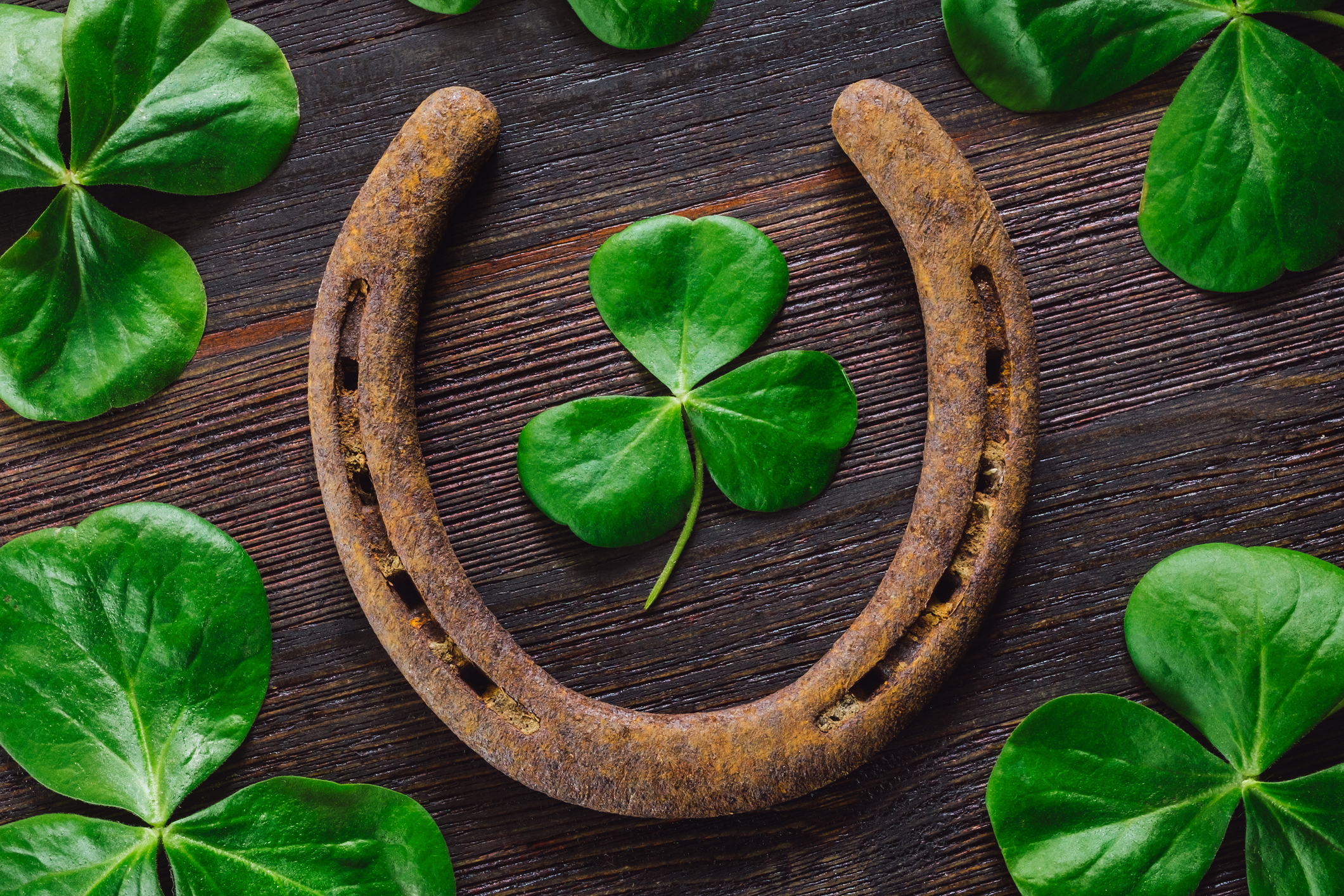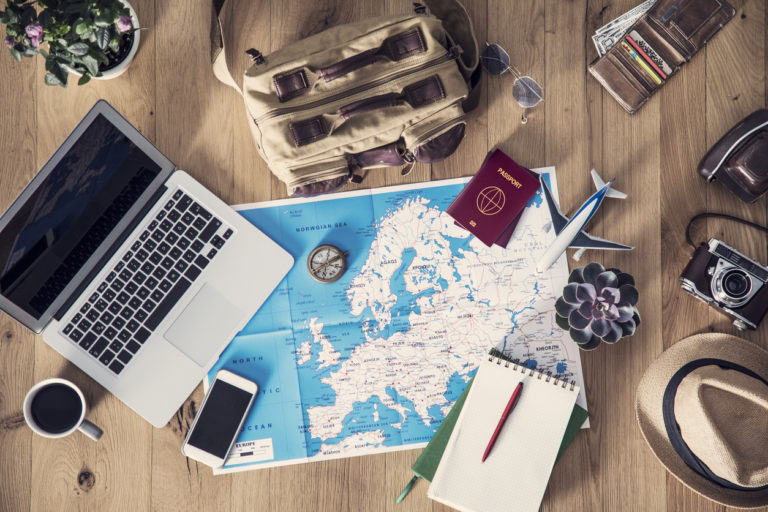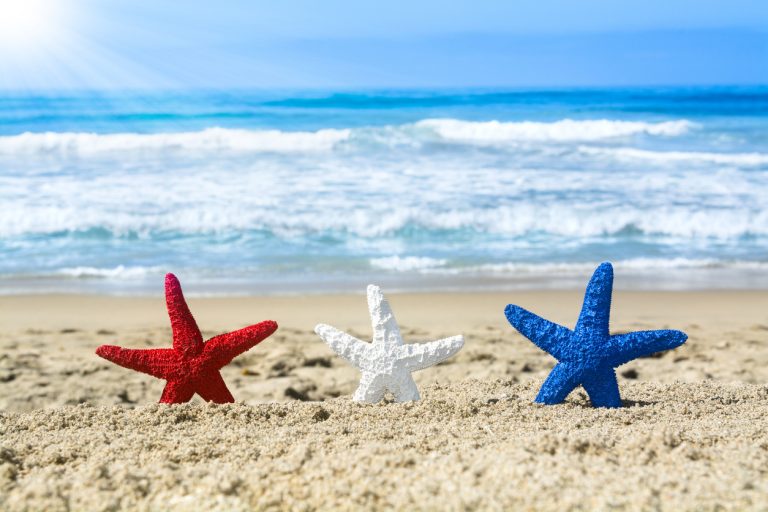St. Patrick’s Day: History and Quiz

St. Patrick’s Day is celebrated on March 17 to honor the patron saint and although the official holiday was established in 1631, St. Patrick lived in the late 4th and early 5th-century.
He is known for many things, including being captured by Irish pirates at just 16 years of age and later, his work as a missionary. Stories have been shared for generations about St. Patrick’s life. Biography.com states: “Many legends also have been associated with his life including that he drove away all the snakes from Ireland and he introduced the Holy Trinity through the three-leaved shamrock.”
Test your knowledge of this festive holiday (and facts about Ireland) by taking the quiz below.
1. St. Patrick is called the patron saint of …
a. Germany
b. Ireland
c. Poland
Answer: B
Britannica.com lists St. Patrick as: “Bishop and Patron Saint of Ireland.”
2. St. Patrick spent most of his adult life as a …
a. Sheep herder
b. Goat farmer
c. Christian missionary
Answer: C
St. Patrick felt called to Christianity while he was enslaved. It is believed that he experienced prophetic dreams and visions. He escaped six years later and began missions work in Ireland. Please note, during his time in captivity, he herded and tended sheep.
3. St. Patrick’s real name was …
a. John Paulsan
b. Maewyn Succat
c. Shannon Maslow
Answer: B
Ashley Ross for Time.com shares: “Legend says St. Patrick was actually born Maewyn Succat, but that he changed his name to Patricius (or Patrick), which derives from the Latin term for ‘father figure,’ after he became a priest.”
4. True or False: St. Patrick was not Irish.
Answer: True
Many scholars believe that St. Patrick was born in Scotland (his parents were Roman British). He was brought to Ireland by his captors.
5. Legend has it that St. Patrick stood on a hilltop and drove the ___ from Ireland.
a. Snakes
b. Monkeys
c. Cats
Answer: A
In a Relevant.com article, Zachary K. Perkins writes: “There aren’t any snakes in Ireland, but legend has it that St. Patrick chased them all out. That is more than likely a myth, but it carries a spiritual metaphor.”
6. The official symbol of Ireland is …
a. Shamrock
b. 12 String Harp
c. Four Leaf Clover
Answer: B
According to WorldAtlas.com, “The harp in many forms and styles has been used on the coat of arms of Ireland since medieval times. Today it is used as the symbol of the Irish State.”
7. The official state flower of Ireland is the …
a. Four-leaf Clover
b. Shamrock (three leaves)
c. Water Lily
Answer: B
The Shamrock is the official flower of Ireland. The Farmer’s Almanac website makes an important distinction regarding the plant: “Shamrocks and four-leaf clovers are often confused or used interchangeably. But shamrocks have 3 leaves.”
8. The official color or Ireland was once ___ instead of Green.
a. Yellow
b. Orange
c. Blue
Answer: C
Shaylyn Esposito for Smithsonian magazine reports: “Before green came on the scene, blue was the color associated with the Saint and the Emerald Isle.” Esposito goes on to write, “the earliest depictions of St. Patrick show him clothed in blue garments, not green, and that when George III created a new order of chivalry for the Kingdom of Ireland, the Order of St. Patrick, its official color was a sky blue, known as ‘St. Patrick’s Blue.’”
9. Ireland’s state currency is …
a. Euro
b. Yen
c. Ruble
Answer: A
The Irish pound was Ireland’s currency until 2002.
10. What menu item is NOT historically native to Ireland?
a. Salmon and oysters
b. Corned beef and cabbage
c. Stew made with lamb, potato and onion
Answer: B
Corned beef and cabbage has roots as an American custom – it is linked with Irish-Americans who couldn’t afford better cuts of meat.
Delish.com breaks it down: “During the time of the Irish immigration to the U.S., the first generation of Irish-Americans were in search of the comforting tastes of their homeland. On St. Paddy’s Day that meant boiled bacon. But the immigrants were too poor to afford the high price of pork and bacon products.”
11. Irish coffee is made from what ingredient added to the coffee mixture?
a. Whiskey and whipped cream
b. Herbal tea
c. Tanqueray and tonic
Answer: A
The Spruce Eats shares an authentic recipe (and a bit of history).
12. In an Irish pub, the ultimate insult is to be accused of not “standing your round,” which means …
a. Not giving up your bar stool for the guest behind you
b. Forgetting to tip the bartender ( people behind the bar do not expect a gratuity; however, you might leave some money and say, “buy one for yourself”)
c. Buying a drink only for yourself and not buying a round for those around you
Answer: C
Stand your round early so you don’t have to wait your turn later when more people arrive! The DoChara Insider Guide to Ireland states, “It is not the done thing to just buy yourself a drink without making the offer to buy one for everyone else – those who fail to do so risk being looked upon as mean and unsociable.”
You may also like 17 Ways to Enjoy St. Patrick’s Day. For more of Diane’s etiquette tips, “like” The Protocol School of Texas on Facebook, and follow Diane on Pinterest, Instagram and Twitter. Buy her new book, Modern Etiquette for a Better Life.







